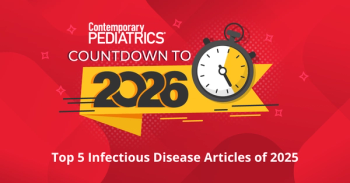
Drug safety and efficacy data lacking for neonates
Despite some key pieces of federal legislation passed in recent years, most drugs-about 93%-are still not studied in neonates. Of those drugs that researchers have studied in this vulnerable population and that bear labels reflecting the changes in pediatric prescribing information, only about half (54%) are used in the neonatal intensive care unit (NICU).
Despite some key pieces of federal legislation passed in recent years, most drugs-about 93%-are still not studied in neonates. Of those drugs that researchers have studied in this vulnerable population and that bear labels reflecting the changes in pediatric prescribing information, only about half (54%) are used in the neonatal intensive care unit (NICU).
The findings come from a
This lack of pediatric dosing information occurs despite a number of pieces of legislation including the
In reviewing the FDA’s database, the researchers found that only 28 drugs were studied in neonates during the period of 1997 through 2010, resulting in 24 labeling changes. Forty-one studies were performed on the 28 drugs, but only 31 were published. Half of the labeling changes established safety and efficacy.
Using a database of 446,335 neonates in NICUs throughout the United States, the researchers then identified 399 drugs used and 1,525,739 drug exposures during the first 28 days of life. Just over half (54%) of the drugs studied in neonates were used in a NICU; almost a third (29%) were used in fewer than 60 neonates. Ranitidine was the drug most often used.
An
However, the investigators point out that many challenges exist to performing clinical trials involving infants, and they conclude that new strategies are necessary to promote the study of drug safety and efficacy in this population.
To get weekly clinical advice for today's pediatrician,
Newsletter
Access practical, evidence-based guidance to support better care for our youngest patients. Join our email list for the latest clinical updates.




